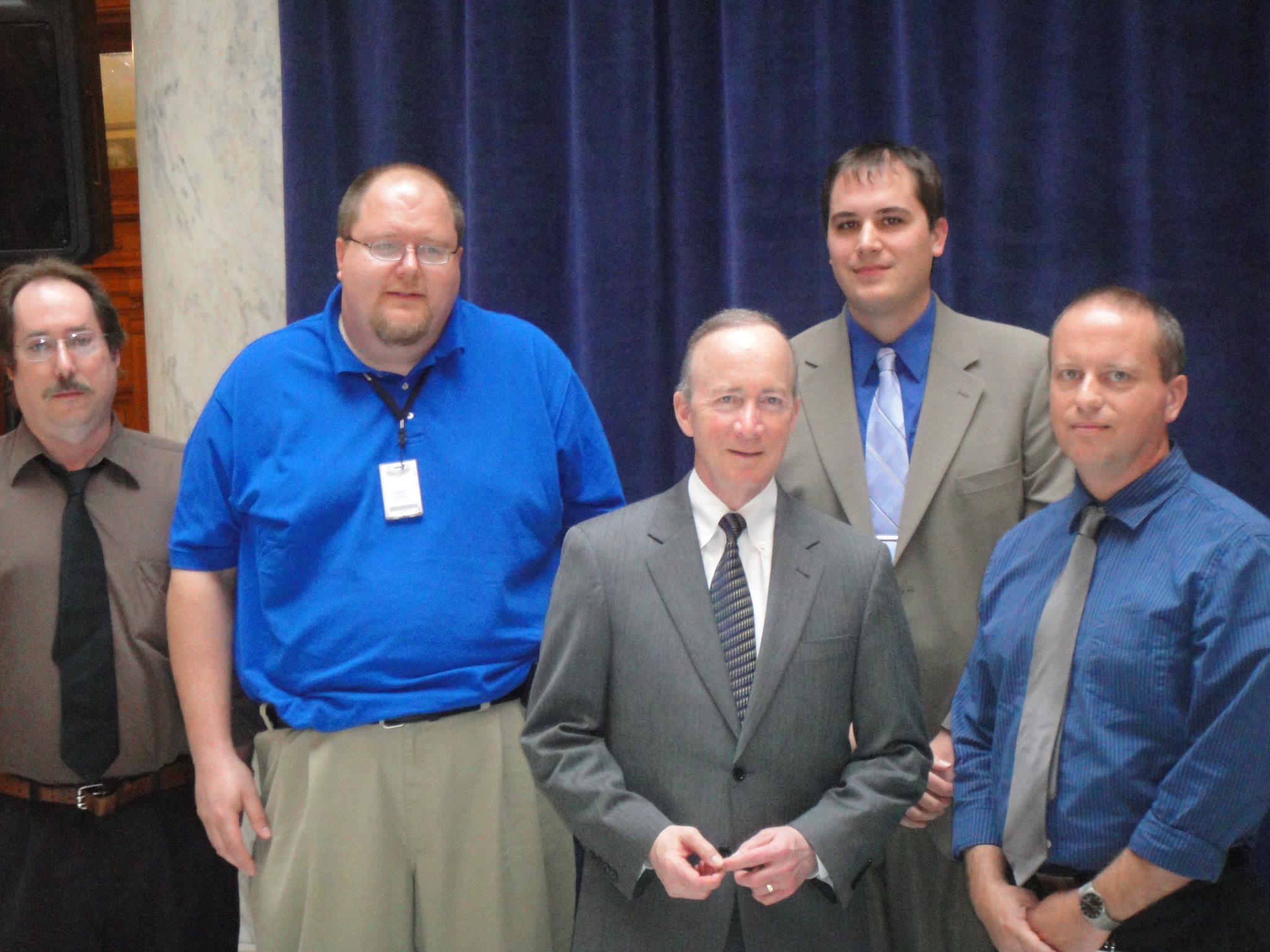It has been a little over 3 months since I’ve posted an update to vCheck. I still have some features and bug checks I’d like to add, but figured I’d share the current state. Here are the in-code comments for the new sections:
# Version 5.38- bwuch: bug fix with 'connectionstate' warning
# Version 5.37- bwuch: added SYMC to VCB check for Symantec Backup Exec 2010
# Version 5.36- bwuch: changed snapshot function
# Version 5.35- bwuch: Added section with Powered Off VMs showing the last powered on date/event.
# Version 5.34- bwuch: Added the CBT tracking code provided by rhys on vCheck comments
# Version 5.33- bwuch: Modified Cluster config check to vCheck output format http://www.peetersonline.nl/index.php/vmware/check-vmware-configuration-with-powershell/
# Version 5.32- bwuch: Hack to make report look better in Outlook.
For those of you looking for some detail, keep on reading:
5.32 – A single line of code was retro-fitted to make the email report look a little better in Outlook 2007/2010. You can read about that change here: http://enterpriseadmins.org/blog/scripting/minor-update-to-vcheck-5-31-beta-testers-required/
5.33 – I took the really cool looking cluster config check from the following site: http://www.peetersonline.nl/index.php/vmware/check-vmware-configuration-with-powershell/ and changed the output so it would appear in vCheck. This is a really cool looking report with solid data, but it doesn’t really look good on clusters with more than 3 or 4 hosts (due to the table resizing). If you want to disable/hide these checks, you need to set the variables on lines 182, 183 and 184 to $false.
5.34 – A user over at Virtu-Al.net posted some code in the comments that allows checking of Change Block Tracking (a backup mechanism based off the vStorage API for Data Protection). That code has been incorporated into this version.
5.35 – A user at Virtu-Al.net posted a request for powered off VMs with the time they were last powered on. The code was already available here http://blogs.vmware.com/vipowershell/2009/10/when-was-the-last-time-that-vm-was-powered-on.html so I incorporated it into vCheck result format.
5.36 – I changed the snapshot checks to make use of some PowerCLI advances; removing some custom functions that Alan had in the original vCheck and possibly improving performance for environments with large numbers of snapshots. The snapshot code is available independently here: http://enterpriseadmins.org/blog/scripting/vsphere-snapshot-report/
5.37 – A user posted a comment to the vCheck 5.31 thread stating that their backup product has snapshots named “SYMC*” that should appear in the VCB Garbage check. Updated code as requested.
5.38 – During some test runs prior to posting I encountered another PowerCLI warning related to changes in the functions in PowerCLI 4.1. I resolved that specific issue in this version.
You can download the updated version here: vCheck5.38.ps1
Please feel free to leave a comment with any suggestions or problems you may encounter.

